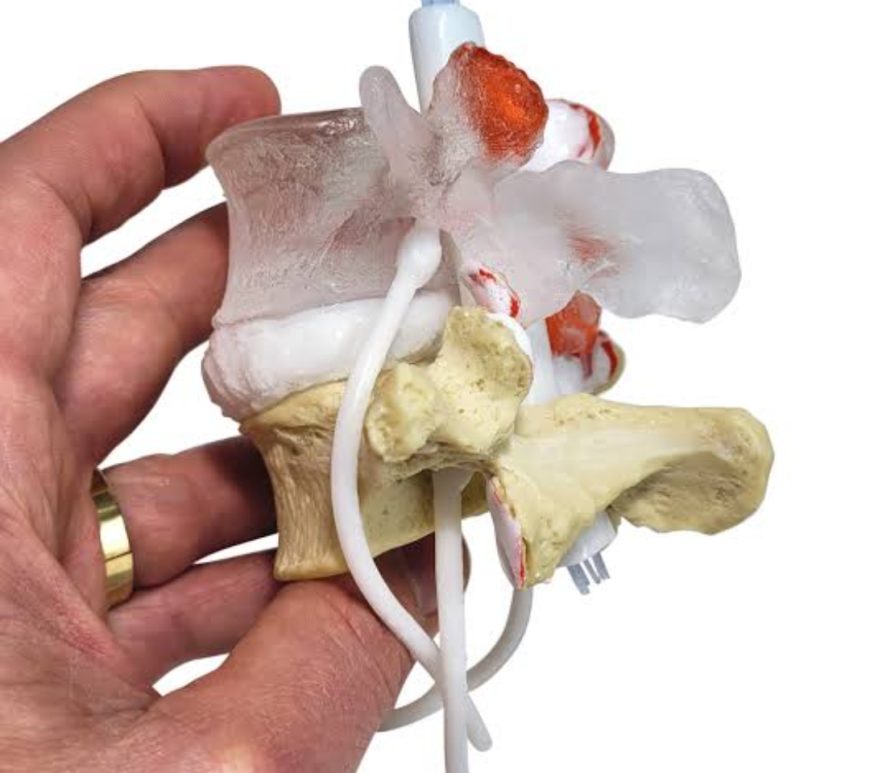
Lumbar Facetogenic pain
If your patients are having low back pain, it might be due to a number of factors, including lumbar facetogenic back pain. Facetogenic pain refers to discomfort that originates in the spine’s zygapophyseal joints. Prevalence: The prevalence of zygapophyseal joint pain has been estimated to be 15% of 76 (Schwarzer et al., 1994b) and 40% of 63 (Schwarzer et al., 1995b) chronic back pain patients. … Continue reading Lumbar Facetogenic pain

